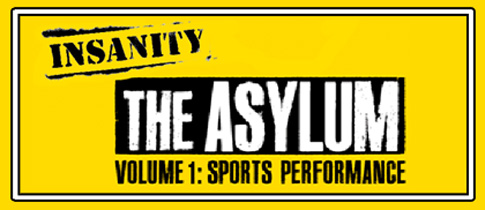Why is everybody so excited about Super Greens? What are Super Greens, and just why are they so super? If you’re like me, you’ve probably occasionally strayed into the supplement aisle (aisles) of a Whole Foods store or the like, and seen endless bottles and boxes and tubs of all sorts of enigmatic and obscure supplements. A whole bunch of them fall under the ‘Super Greens’ label, and include such suspicious sounding substances like ‘Spirulina’ or ‘Chlorella’. Green powders, basically, and people claim they can work miracles. Others sound pretty mundane, like ‘Wheat Grass’ or ‘Wild Barley’, and are common additives to smoothies and shakes. So why are they so popular with people who seem to be in the know? Today we’ll examine two such Super Greens, and see if we can figure out exactly what’s so amazing about them.
Let’s start with SPIRULINA. This is the name for a microscopic cyanobacteria which has been harvested for consumption as far back as the 7th century in Chad and was reportedly eaten by the Aztecs by Cortez. It occurs naturally in tropical and subtropical lakes, but is now mass produced by countries such as the USA and China. In 1974 the United Nations World Food Conference lauded Spirulina as the best ‘Food for the Future’, and its cultivation and consumption has been proposed by both NASA and the European Space Agency for long term space missions. It is also the cause of the formation of IIMSAM (Intergovernmental Institution for the use of Micro-algae Spirulina Against Malnutrition), an organization which seeks to convince the UN to use Spirulina to eradicate malnutrition and achieve food security in impoverished nations.
Why all the fuss? For good reasons. Spirulina contains the highest amount of naturally occurring protein, with about 70% by dry weight. It is rich in fatty acids such as gamma-linolenic acid (GLA), and contains a number of others such as alpha-linolenic acid (ALA), stearidonic acid (SDA) and more. It’s rich in vitamins, with a wide array ranging from B1 through B9 and vitamins C, D, and E. It’s a rich source of minerals, and has a ridiculously high amount of photosynthetic pigments such as chlorophyll-a, beta-carotene, diatoxanthin and more. All of these are fantastic, but research has shown that combined within spirulina, they may all contribute to anti-cancer, anti-viral and immune system boosting benefits.
WHEAT GRASS is ubiquitous in smoothie shops. Bright green and looking like chia pets, these little tussocks of grass are ascribed almost miraculous powers by true believers, or ranked as merely another good source of basic nutrition like other green vegetables. What is agreed is that it is a source of massive amounts of cholorphyll, which is structurally similar to hemoglobin and has been shown to lower the rates of colon cancer. Furthermore, it’s high in B12, magnesium and the full complement of vitamins, minerals, amino acids and enzymes present in all good green vegetables such as broccoli and spinach. While many claim that it is a fantastic detoxifying agent, that it helps blood flow, digestion, and improves your skin, hair, teeth and retards aging, these claims have not been backed by scientific proof.
So there you have it. Spirulina and Wheat Grass, two of the most popular ‘Super Greens’, each with their ardent believers and score of skeptical critics. Whether or not they can prevent cancer and make you live longer is perhaps debatable; what is clear is that they are both excellent sources of vitamins, fatty acids, enzymes, minerals and a host of other good benefits such as chlorophyll and more. Worth your checking out, or seeking more information? Definitely!

